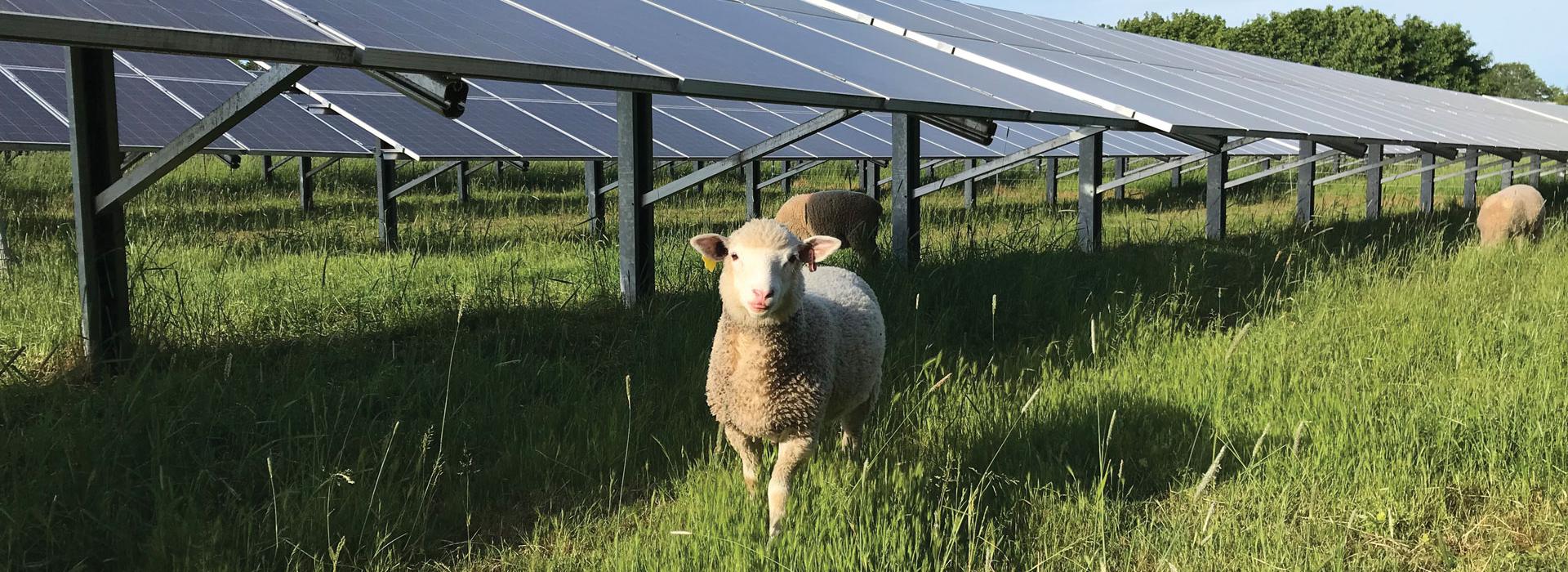Regarding your post about sailboats and "drift", see
https://en.wikipedia.org/wiki/Solar_sail , particularly where it says:
"Robert L. Forward has commented that a solar sail could be used to modify the orbit of a satellite about the Earth. In the limit, a sail could be used to "hover" a satellite above one pole of the Earth. Spacecraft fitted with solar sails could also be placed in close orbits such that they are stationary with respect to either the Sun or the Earth, a type of satellite named by Forward a "statite". This is possible because the propulsion provided by the sail offsets the gravitational attraction of the Sun. Such an orbit could be useful for studying the properties of the Sun for long durations.[32] Likewise a solar sail-equipped spacecraft could also remain on station nearly above the polar solar terminator of a planet such as the Earth by tilting the sail at the appropriate angle needed to counteract the planet's gravity.[32]"
Diverting to sailboats for a moment, my actual experience sailing boats upwind, plus my background in aeronautics and physics, allows me to understand the interplay of forces involved. In that case, it is not the "reflection" of the wind, but rather "lift" created by the changes in pressure of the air flowing at different speeds in different places around the sail, which keep the sail in its designed shape and impart a net force on the sail that is somewhat "upwind" of the straight "downwind" direction. This is played against a similar force created by the boat's keel moving forward in the water at a slight angle under the boat, which imparts a "lift" force on the hull that is "upwind" of the straight downwind direction, and to the opposite side of the net forces from the wind on the sail. The boat responds to the combination of those forces it go upwind at an angle to the wind. (And, of course, the boat leans to one side because the air and water are causing opposing forces at different elevations, so gravity is also being used to keep the boat from simply laying over flat on the surface of the water.)
So, sailboats gong upwind are far more complicated to understand than the forces on a statitie, where reflected photon momentum is being used directly to counteract gravitational attraction in a vacuum with no aerodynamic or hydrodynamic forces, and no interface between fluids.



